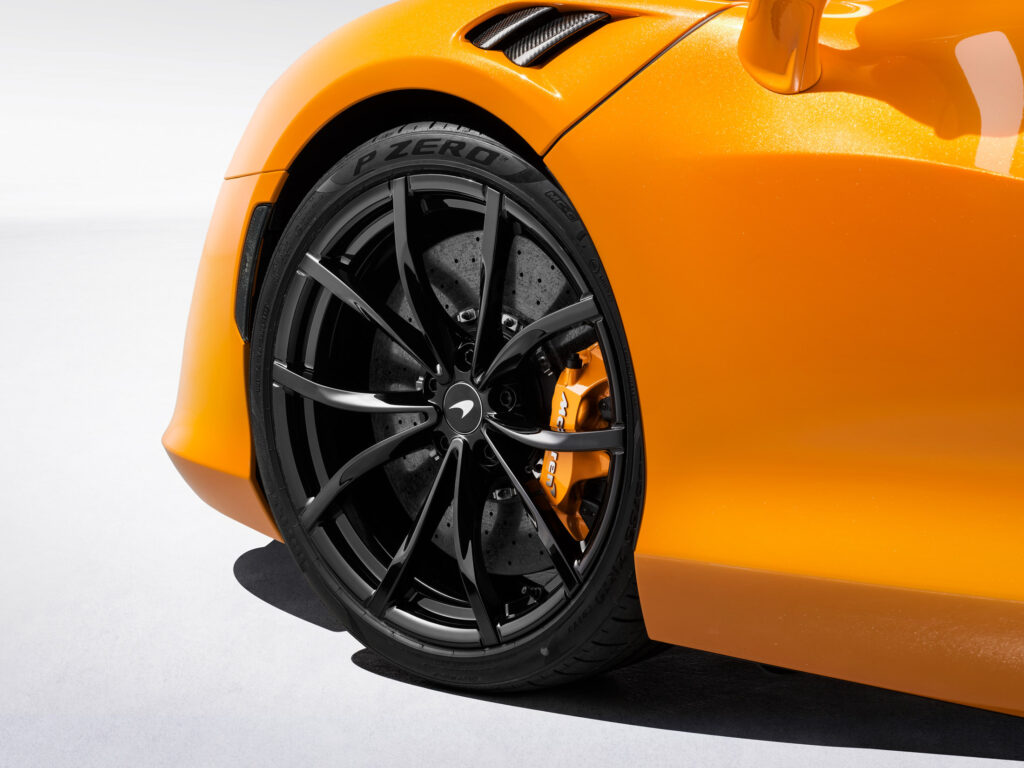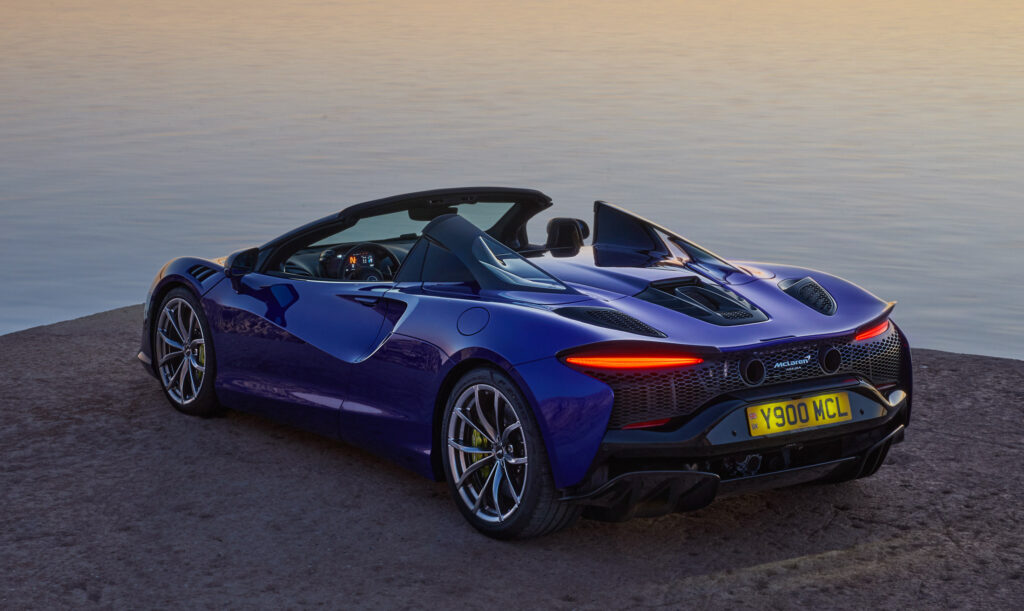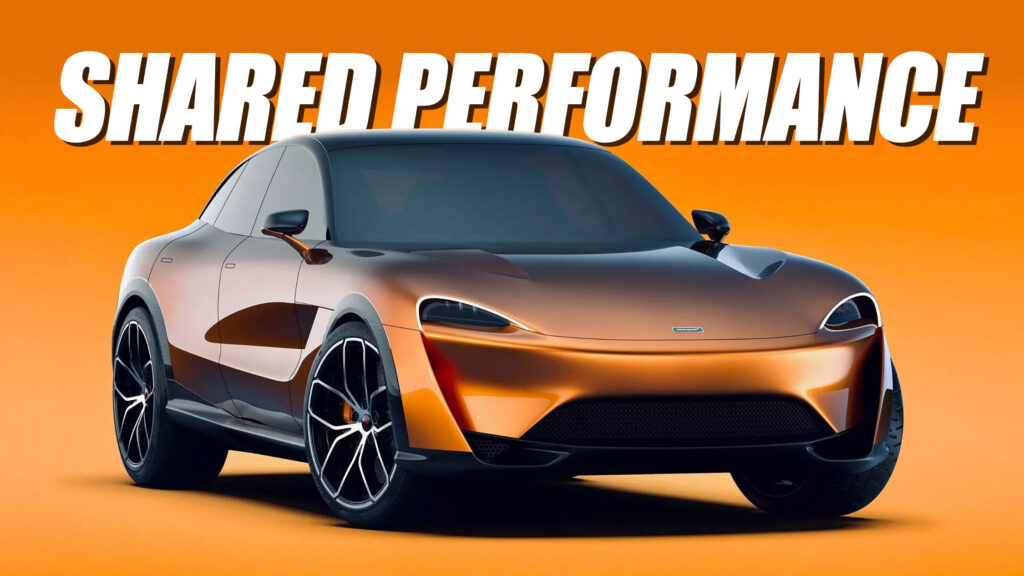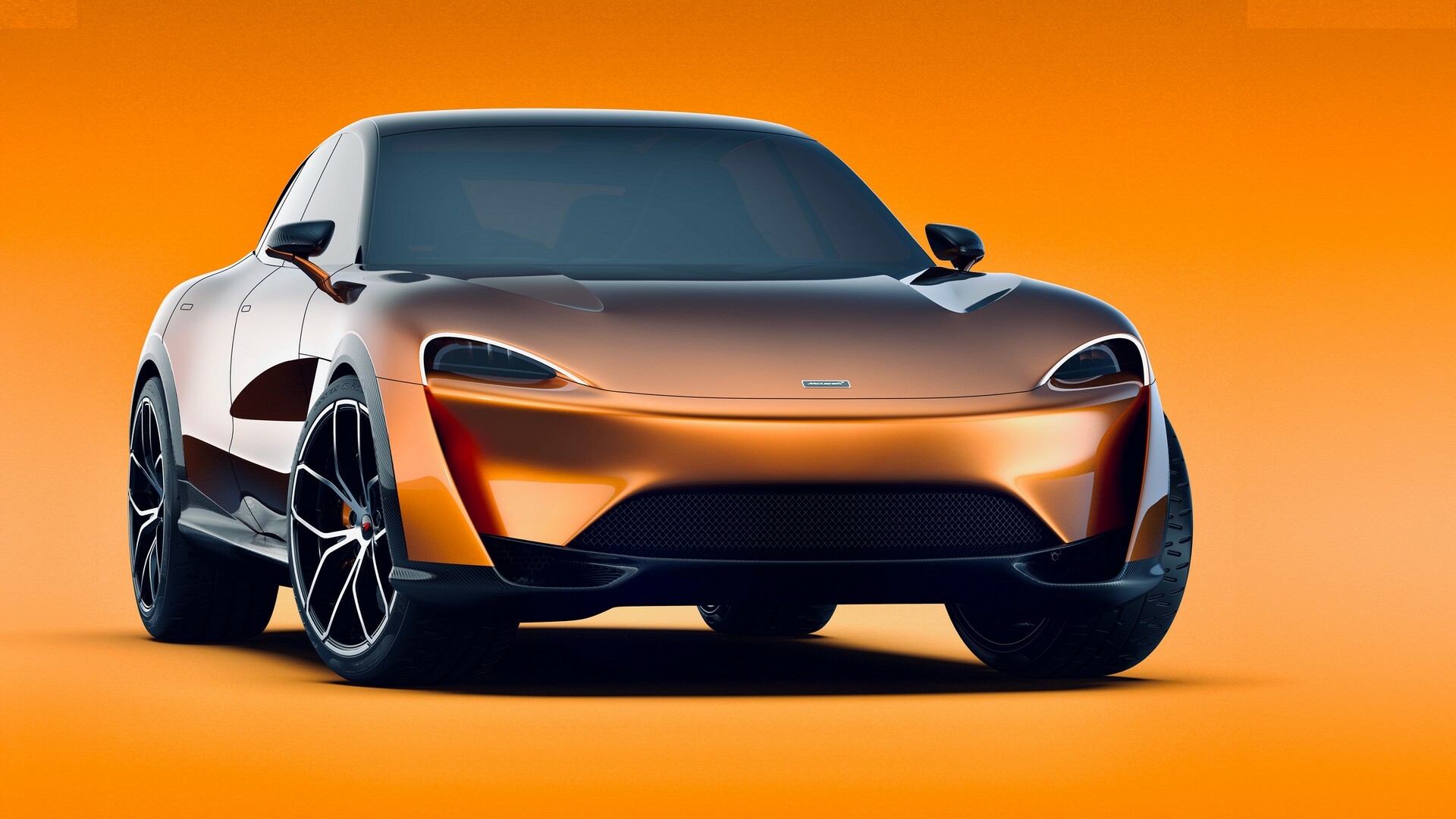- McLaren’s CEO spoke about a new “shared performance” model with more than two seats.
- The crossover-style offering could ride on a shared architecture, with a PHEV powertrain using McLaren’s V6 or V8 engines.
- McLaren will make fewer limited editions, making sure that supply meets demand.
McLaren is coming out of a difficult period, trying to streamline the future range towards financial sustainability. In this context, the company wants to retain focus on supercars and hypercars, while tipping its toes in a new segment with a possible high-riding model to rival the Ferrari Purosangue.
Michael Leiters, who was appointed McLaren’s CEO in 2022, doesn’t use the popularised crossover and SUV terms for the upcoming model, taking a page from Ferrari’s rulebook. Instead, he describes the segment as “shared performance”, including vehicles with “more than two doors and/or more than two seats”.
More: Would You Approve A McLaren Super SUV Like This Activa Study?
One year after the first mention of the “shared performance” model, Leiters revealed more information about it, suggesting it could be a collaborative effort. In a recent interview with Road&Track, the McLaren CEO said: “I think the smart way is with technology partnership, to find a partner and create synergies, but not to lose anything which is core to McLaren and the DNA of our brand.”
In terms of the technical base of the crossover, Leiters wants an outsourced platform, and a plug-in hybrid powertrain using an existing McLaren combustion engine: “If we do a PHEV, we want to understand if we can use our own powertrain. To integrate our powertrain into an existing platform – that would be the ideal world.”
Illustrations: Sergiy Dvornytskyy
The CEO didn’t comment on possible partnerships with other automakers. However, our colleagues at Road&Track suggest there may have been earlier talks with BMW, which currently offers the plug-in hybrid XM.
Leiters also hinted at possible structural changes in the shared architecture McLaren ends up with in order to reduce weight: “The core attribute of a McLaren is lightweight… We have world-class competence we could bring into a partnership, even talking about structural elements of a platform.”
As for rivals, the McLaren CEO wants the “shared performance” model to be closer to the Ferrari Purosangue and Rolls-Royce Cullinan territory, rather than aiming at the cheaper Lamborghini Urus, Aston Martin DBX707, and Bentley Bentayga.
Lightweight EV Supercar, PHEV Flagship Hypercar, And Fewer Limited Editions
In the same interview, the CEO re-confirmed that the first fully electric McLaren supercar is under development, adding that his team is working “intensively” on the project. The goal for the EV is to be as lightweight as possible, closely matching the 1,498 kg (3,303 lbs) figure of the McLaren Artura PHEV.

Despite the EV market slowdown and recent reports about wealthy customers’ low interest in fully electric hypercars like the Rimac Nevera, Leiters believes that McLaren should be prepared for a possible change in the market.
More: McLaren Teases New Design Language And Wraparound Cockpits
The CEO didn’t want to give spoilers about the upcoming successor of the McLaren P1 hypercar which is expected later this year with a hybrid V8 setup. However, he said that the power has to be controllable, allowing non-expert drivers to push it to the limit. This could be achieved by sophisticated aerodynamics and clever powertrain software.
Finally, Leiters spoke about the problem of hurting exclusivity with many limited editions: “I think if you take the volume we have done in the past, it is clear we have sometimes oversupplied the market. We won’t do that anymore, never again. We will supply to demand…The timing has to be right. The limit has to be right. You can’t shoot out limited editions every six months. You have to give them time to create a market and a demand and an excitement, to make sure they have the right attention and respect. That is crucial.”
Note: The renderings in this story are not related to nor endorsed by McLaren











